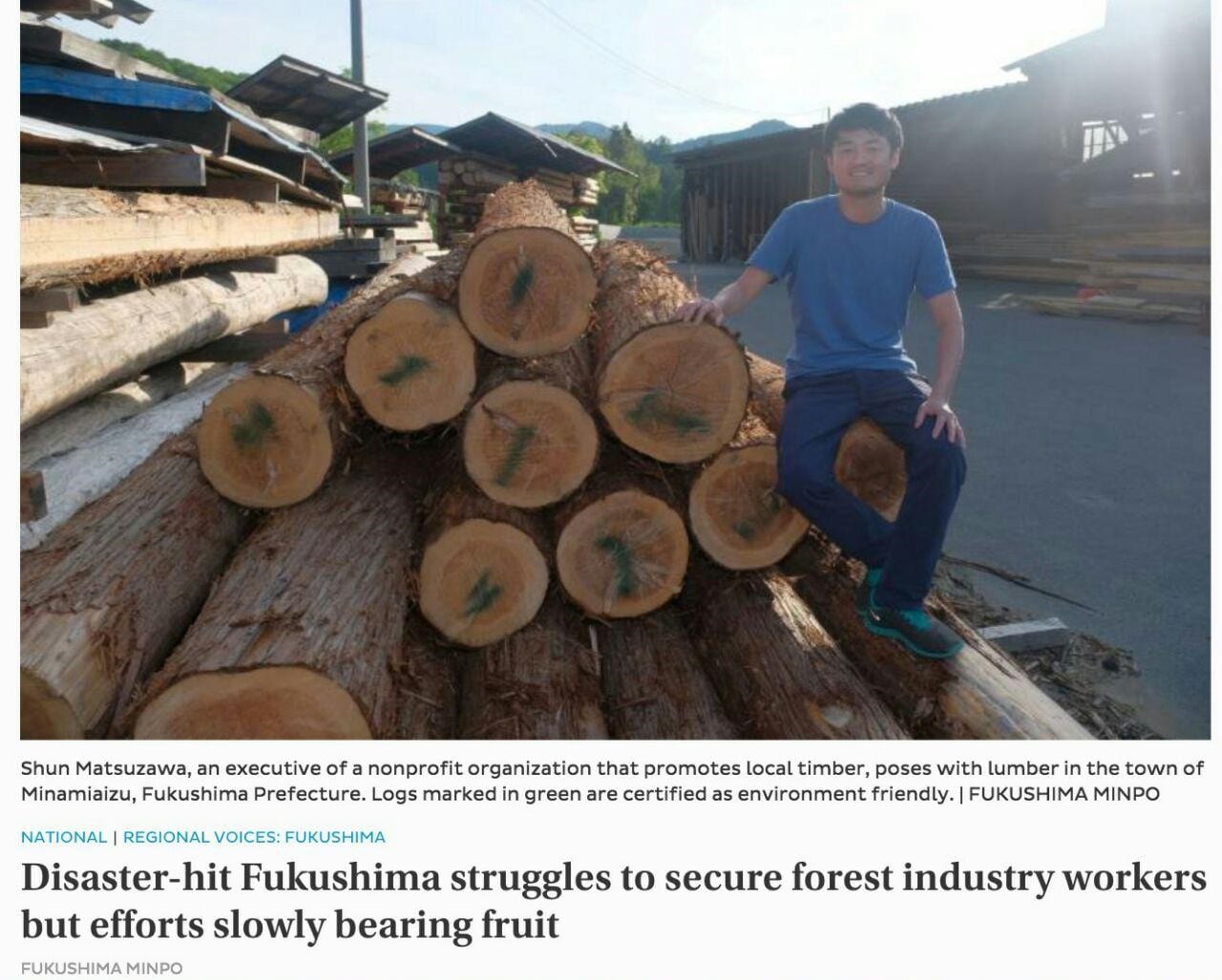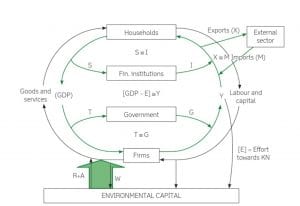Article: “2020 Tokyo Games to be fully powered by renewable energy, organizers say” https://www.japantimes.co.jp/news/2018/06/22/national/2020-tokyo-games-fully-powered-renewable-energy-organizers-say/#.W59jfNgzbOS
Tokyo is where the next Olympics in 2020 will be held. The committee organising the event has stated that the games will be powered only through renewable energy. Wind and solar will be the main renewable sources from which electricity will be generated.
It also noted that the electricity generated by renewable energy will run through the athlete’s village, broadcasting area and the main press centre. The initiative of 100% renewable energy is the committee’s effort to promote decarbonisation. Some of their methods to reach the 100% renewable energy target include purchasing renewable energy from power companies, installing solar panels and developing solar roads to generate power for the Games.
The implementation of these methods will allow Japan to appear as a “green country” as they prioritise creating a sustainable Olympics event. Some of the reuse and recycle efforts include using items which have been rented or leased and ensuring any purchases are guaranteed to be used after the Games are over. The other “green” effort involves citizens to donate used mobile phones to create medals made from recovered metal. Japan has set a 99% reuse and recycle target for 2020 Olympics.
The article refers to the different efforts as “green” which gives a sense of a strong relationship Japan has with nature. Both the 100% renewable energy target and the 99% reuse and recycle initiative promotes sustainability across the country and internationally, it seems as though Japan will act as leader to follow for future countries which host the games. Though London has set the bar high from the previous Olympics, Japan has some strong targets and motives to take the title (Ohno, 2014).
There are additional reasons why Japan set such strong sustainable targets such as showing the world that they have recovered from the 2011 events, especially the Fukushima nuclear disaster. They also want to show effort in climate change issues, as disasters striking Japan are becoming more severe mainly due to climate change. (Ohno, 2014) Although the intentions seem promising, in reality these goals is difficult to uphold.
A controversial issue rose when it was discovered that the stadiums for the games were being built from timber imported from Malaysia and Indonesia, countries with vast rainforests and a history of deforestation. Although some of the timber used was from sustainable sources in Japan, the Tokyo Olympics organisational committee did officially confirm that 87% of timber used was from rainforests in southeast Asia (Neslen, 2018). This controversy suggested that Japan’s intentions for so called “green games” may be to a certain extent more of a political construct, rather than a caring connection with nature. One ones petitioning against this controversy were a US NGO called RAN (Rainforest Action Network) and the IOC (International Olympic Committee), showing that the efforts to stop this came from international grounds and not Japan. (McNicol, 2018)
This goes back to Totman’s idea that Japan treasures nature for its aesthetic value rather than a relationship with nature as a working ecosystem. From this controversy it can be deduced that Japan did not want to take large amounts of timber from its own resources and importing it from abroad would most likely be cheaper and not cause any “aesthetic” damage to Japan’s nature.
This idea of maintaining a good political image is further supported by the fact, that majority of the article is comparing these goals with the ones set in London’s 2012 Olympics, indicating that main goal is not as much to be “green” but to have better statistics in terms or recycling, energy use and sustainability than the previous Olympics in London.
But despite the underlying reasons and motives Japan may have to enhance their image as a sustainable country for the Tokyo Olympic Games, the bottom line is that there is still benefit to the environment. Further countries who host such large-scale international events should take into consideration environmental harms and how to reduce their impact on the environment through such initiatives.
(661 words)
References:
K. (2017, October 13). TOKYO 2020: RECYCLED METAL MEDALS. Retrieved September 17, 2018, from https://www.japan-experience.com/update/tokyo-2020-medals-in-recycled-metals
McNicol, A. (2018, April 08). How the Tokyo 2020 Games are killing Asian rainforests. Retrieved September 17, 2018, from https://www.scmp.com/week-asia/society/article/2140659/how-tokyo-2020-games-are-killing-rainforests-malaysia-and
Neslen, A. (2018, February 23). Tokyo 2020 Olympics confirms use of rainforest timber in stadium build [Digital image]. Retrieved September 17, 2018, from http://www.climatechangenews.com/2018/02/23/tokyo-olympics-confirms-use-rainforest-timber-stadium-build/
Ohno, T. (2014, April 24). The 2020 Tokyo Olympics and Sustainability. Retrieved September 16, 2018, from https://www.renewable-ei.org/en/column/column_20140424.php






 http://content.yardmap.org/learn/habitat-connection/
http://content.yardmap.org/learn/habitat-connection/ Mitsubishi Electric Corp. factory in Shizuoka-ken
Mitsubishi Electric Corp. factory in Shizuoka-ken Canon Inc. headquaters in Tokyo
Canon Inc. headquaters in Tokyo



